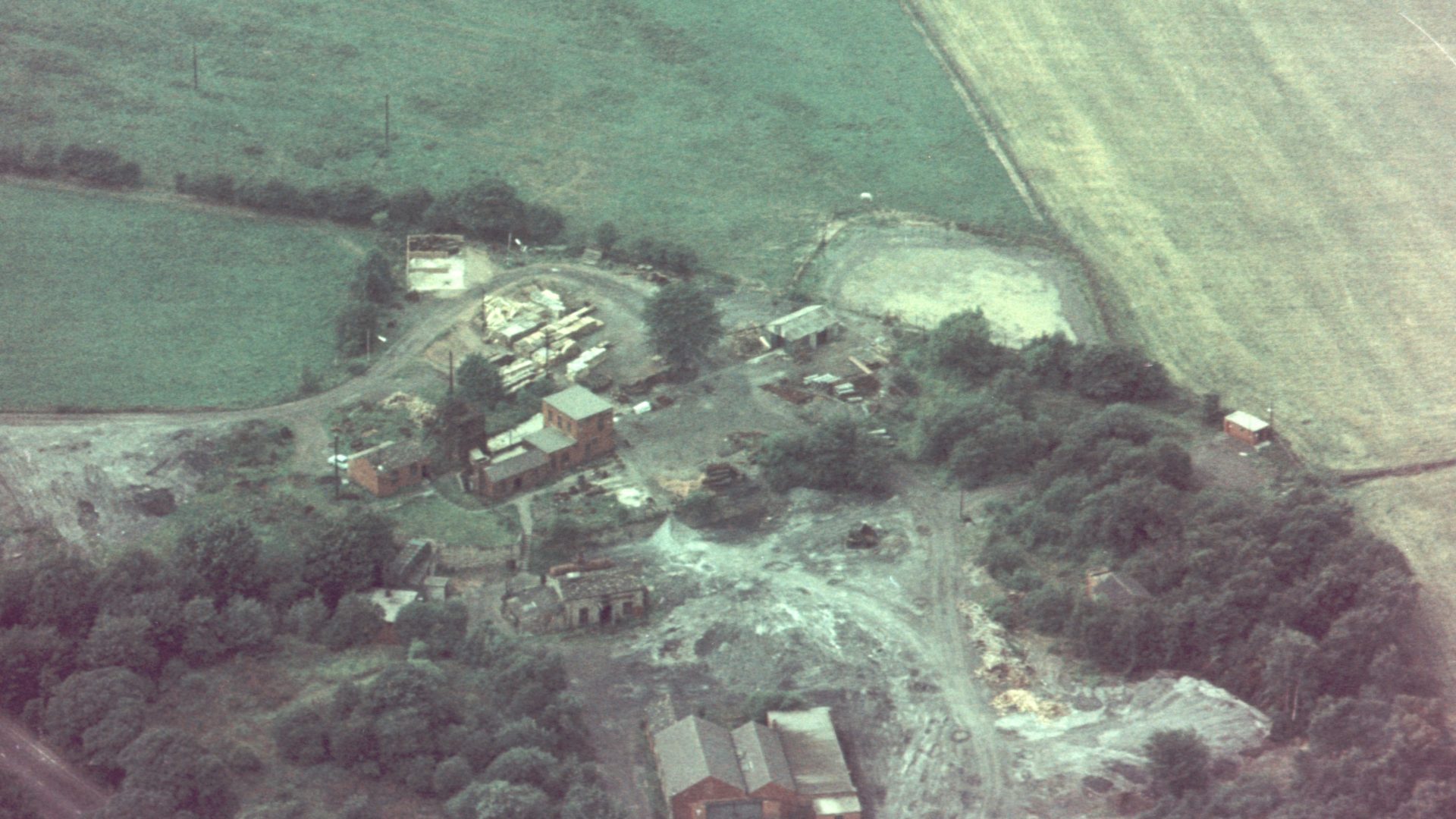The Tunnel to Success: Part Two

Building the Mineral line
A local solicitor John Marsden became the part-time Estate Manager in 1852, and he persuaded Sir John and Lady Matilda that, although the financial cost would be huge, the best way to transport their growing output of coal quickly would be transport it by rail.
He suggested they build a mineral line to connect the colliery to the canal loading staithe at Calder Grove and the new recently constructed Barnsley Branch of the Lancashire and Yorkshire main railway line sidings nearby This would allow them to supply and transport to their expanding new markets in larger quantities much quicker.
The route for the proposed new line was suggested by Lady Matilda as it passed over land which they already leased from the Wharncliffe and Bretton Hall estates. Because of issues of land ownership and terrain it would be 4 and a half miles long even though Caphouse was only 3 miles from the staithes on the Calder and Hebble Navigation.
The railway took around one year to complete and was opened in 1854. It needed major earthworks (including 270 metres of tunnel) and cost £30,000 (present day approximately £2,794,000)
The line could be used by already existing pits belonging to the Denby Grange Estate and new pits – Netherton, Victoria Colliery and Little London- were opened after it was completed. It was also used to carry other goods, miners and sometimes people in local community if it was easier than going by road.
How It Worked
Although mineral lines were being built by other collieries for transporting their coal at this time, the Denby Grange Collieries line was quite an unusual design. The terrain the track crossed was very challenging and because the gradient was so steep on two sections of the line for the trains to manage so the railway relied on a rope haulage system to pull the wagons for the middle section of their journey.
Steam locomotives would pull the full coal wagons from the screens building next to the A642 (through where the Hub is now) up the short slope close to the A642 from Caphouse, to a place between Hope Pit and the Inman Shaft. The wagons were then attached to a haulage rope and pulled through the tunnel by a pulley system which was used for the next part of their journey.
The wagons were eventually once again attached to a locomotive which took them to the staithes at Calder Grove or to the Barnsley Branch of the Lancashire and Yorkshire Railway. From there the coal was loaded onto barges or rail trucks to be transported to customers far and wide to fuel the rapidly growing domestic and manufacturing needs of the Industrial Revolution in Britain.
1854 – 1980s
Caphouse and Hope Pits survived for so long because of mineral line which proved to be a lifeline for the Denby Grange Collieries. Over the years it saved them a huge amount of money in transportation costs, enabled them to expand their production and expand their markets. New collieries which were would have been initially inaccessible by road were opened and it was still used for a long time after turnpike charges ceased, highways improved, and lorries increasingly took larger loads.
Denby Grange colliery which opened in 1890 had no other transport route to take coal out and to get supplies until the 1940’s when a road was constructed to it. Miners travelled on a paddy train to Denby Grange.
A new road at Denby Grange Colliery saw the end of the line’s usefulness although a short section which served the British Oak coal depot at Calder grove survived until to 1980s.
What survives of the Railway now?
You can still see remnants of the railway at the museum and beyond, even so many years after it ceased to be the essential lifeline to keep the coal moving and the mining community of this area in employment.
As you approach the museum you see a steam train and coal truck with Sir John Lister-Lister Kaye’s name on it. Trains might seem an obvious thing to display at a coal mining museum as they ran on coal, but knowing how they were actually used on this relatively small site with no immediately obvious railway route immediately makes the train an even more important part of our history at Caphouse.
At the Hope Pit site there are rail tracks if you look for them, the tunnel of course, and also the wagon workshop once used to do all the vital repairs to keep the trains, and therefore the coal, moving. Other small parts of the railway track remain along its route from Caphouse to Calder Grove.
Want to find out more?
There is much more to find out about the history of the Caphouse Colliery site and our mining heritage. The Caphouse Mineral Line is just a small (if very important) part of the story. If you want to read more our mining history, about the railway and its construction or about some of the people who made up the history of Caphouse check back again to find out more.
References
Goodchild J.,1983. Caphouse Collieries and the Denby Grange Collieries.
Schofield John, 1991. Caphouse Colliery.
Malcolm Till 2007and National Coal Mining Museum for England Trust Ltd. Caphouse to Calder Grove. The story of a Colliery mineral Line.
Written by Pam Utley